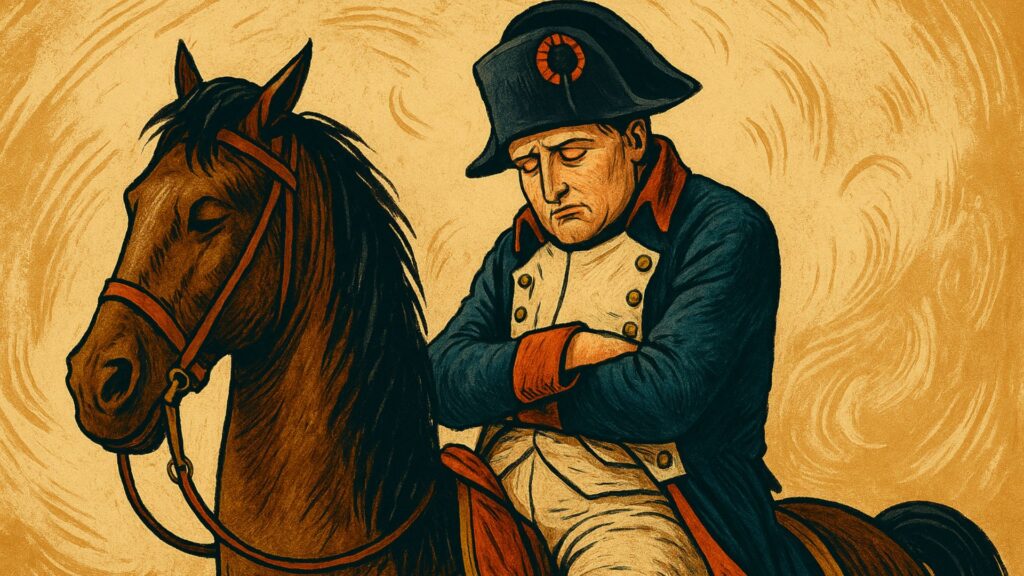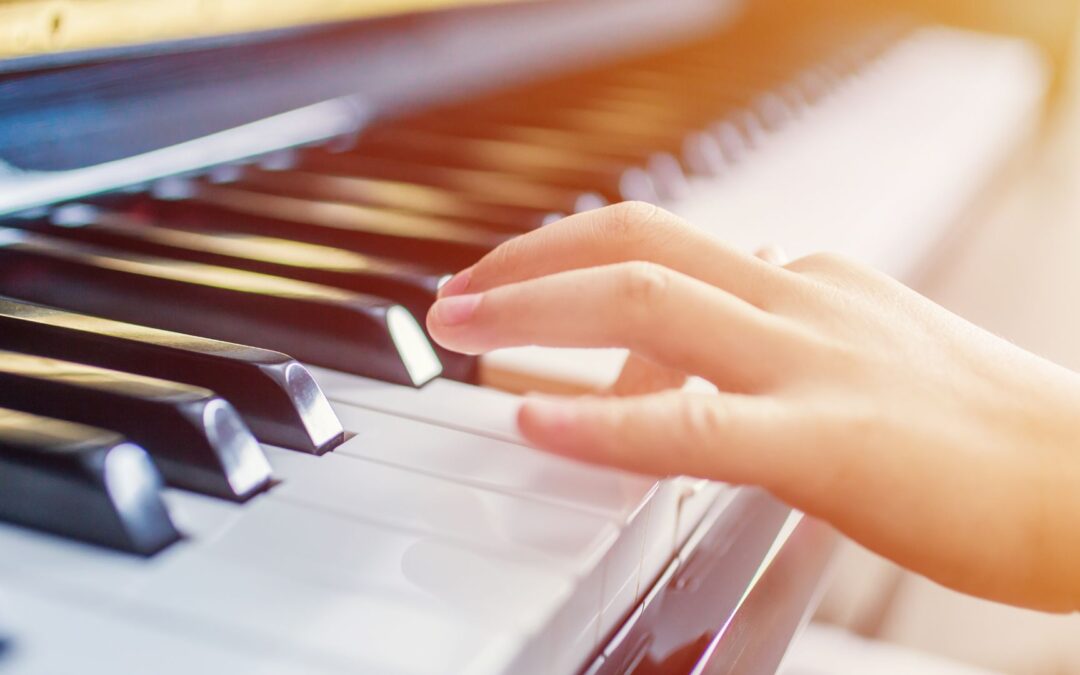In today’s hustle-obsessed world, exhaustion is worn like a badge of honor. We glorify late nights, endless workdays, and proudly announce how little sleep we got, as if insomnia were an Olympic sport. But science—and a few of history’s greatest minds—offer a rebellious truth: sometimes the most productive thing you can do is close your eyes.
Recent studies show that daytime naps are not laziness—they’re a longevity strategy. And if Napoleon could conquer Europe while sneaking catnaps, maybe we can conquer our inbox with one too.
Science: Why Napping Works
The China Health and Retirement Longitudinal Study (over 6,600 adults, 2023) found that regular midday naps of 30–90 minutes were linked to:
• Slower biological aging (their cells were literally younger)
• Better cognitive performance (memory, focus, executive function)
• Healthier blood pressure, cholesterol, and inflammation markers
People who never napped aged faster, thought slower, and carried heavier physical risk markers. In short: they burned out their batteries.
Other studies back this up:
• NASA tested pilots and found a 20-minute nap improved alertness by 54% and performance by 34% . If it works for someone landing a plane at 2am, it’ll work for you before that 4pm Zoom call.
• A meta-review (Lovato & Lack, 2010) showed naps as short as 5–15 minutes give a mental and mood boost that lasts 1–3 hours . That’s less time than scrolling Instagram, with way more ROI.
• Harvard Health suggests early-to-mid afternoon naps (1–3pm) are optimal—late naps are like espresso at 9pm: a terrible idea .
• Longer naps (60–90 minutes) can supercharge memory and creativity because you complete a full sleep cycle—but beware of “sleep inertia,” aka the “just woke up from the dead” feeling .
Brain Health and Longevity
Naps protect the brain as much as they perk it up. Research shows:
• Regular nappers often have larger brain volume—a sign of neural resilience .
• Short naps improve executive function and information processing speed (translation: fewer embarrassing mistakes in emails) .
• Even tiny “power naps” (10–20 minutes) improve mood and reaction times, which is why some companies (Google, Nike, Zappos) once had nap pods in their offices.
With dementia rates climbing, this is no small finding. A free, natural, side-effect-free daily practice may be one of the best defenses against cognitive decline. Forget expensive supplements—try a pillow.

History: The Nappers Who Shaped the World
If you still think napping is lazy, consider these overachievers:
• Napoleon Bonaparte napped whenever he could—even on horseback—believing short rests sharpened his mind. (Sadly, no word on whether his horse appreciated it.)
• Winston Churchill said his daily nap gave him “two days in one.” He credited it with helping him steer Britain through WWII.
• Albert Einstein napped holding a spoon that would clatter to the floor and wake him before he fell too deep—perfect for catching sparks of genius without the groggy aftermath.
• Leonardo da Vinci spread naps across the day (polyphasic sleep), fueling his relentless creativity.
• Even Thomas Edison—though he bragged about sleeping little—was caught napping in his lab more often than not.
Clearly, naps haven’t just shaped lives—they’ve shaped history.

Stoic Wisdom Meets Modern Neuroscience
Marcus Aurelius once wrote: “You have power over your mind—not outside events. Realize this, and you will find strength.”
What if part of that strength is the discipline to stop? To nap not out of laziness, but out of alignment with nature? The Stoics practiced self-mastery and presence. Science now confirms that napping is not escaping reality—it’s tuning your biology for it.
The Art of the Power Nap
So, how do you nap like Napoleon (without the horse)?
1. Pick your dose wisely
• 10–30 minutes → Mood, alertness, quick reboot
• 60–90 minutes → Creativity, problem-solving, memory boost
• Avoid >90 minutes (unless you want to feel like you time-traveled without consent)
2. Nap on schedule
• Best between 1pm and 3pm
• Too late and you’ll be counting sheep at midnight
3. Create the vibe
• Quiet space, dim light, phone on mute
• Even resting without full sleep helps
4. Reframe the story
• Write on your mirror: “Rest is renewal.”
• Napping is not weakness—it’s performance maintenance.
The New Definition of Strength
Strength is not just about pushing harder. It’s knowing when to recharge. Wisdom is not just knowledge—it’s the humility to listen to your body.
The Life Manifesto invites you to reclaim the nap—not as indulgence, but as strategy. History’s greatest leaders, today’s neuroscientists, and tomorrow’s healthier self all agree: rest is not a break from life. Rest is how life renews itself.
So next time your energy dips, don’t just reach for another coffee. Try something far more radical. Close your eyes. Breathe. Nap.
Because sometimes the shortest sleep leads to the longest life.
References
1. China Health and Retirement Longitudinal Study (2023). Findings on napping and biological aging.
2. NHLBI (2023). Researchers study how daytime naps may influence health. NHLBI.gov
3. Rosekind, M. R. et al. (NASA, 1995). Alertness management: Strategic naps in operational settings.
4. Lovato, N. & Lack, L. (2010). The effects of napping on cognitive functioning. Sleep Medicine Reviews, 14(4), 229–238.
5. Harvard Health Publishing (2022). Can a quick snooze help with energy and focus? The science behind power naps. Harvard.edu
6. Tietzel, A. J., & Lack, L. C. (2001). The short-term benefits of brief and long naps following nocturnal sleep restriction. Sleep, 24(3), 293–300.
7. Lo, J. C. et al. (2016). Napping, cognition, and brain volume: A cross-sectional study. Journal of Sleep Research, 25(5), 572–580.





